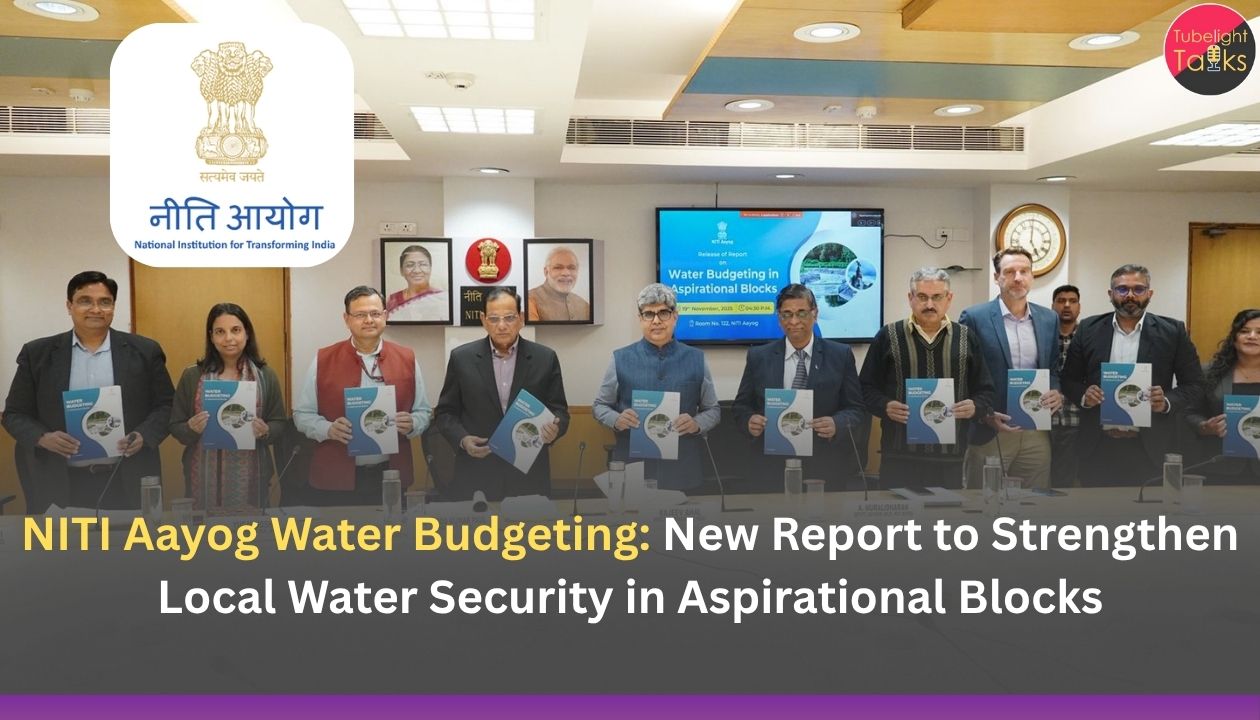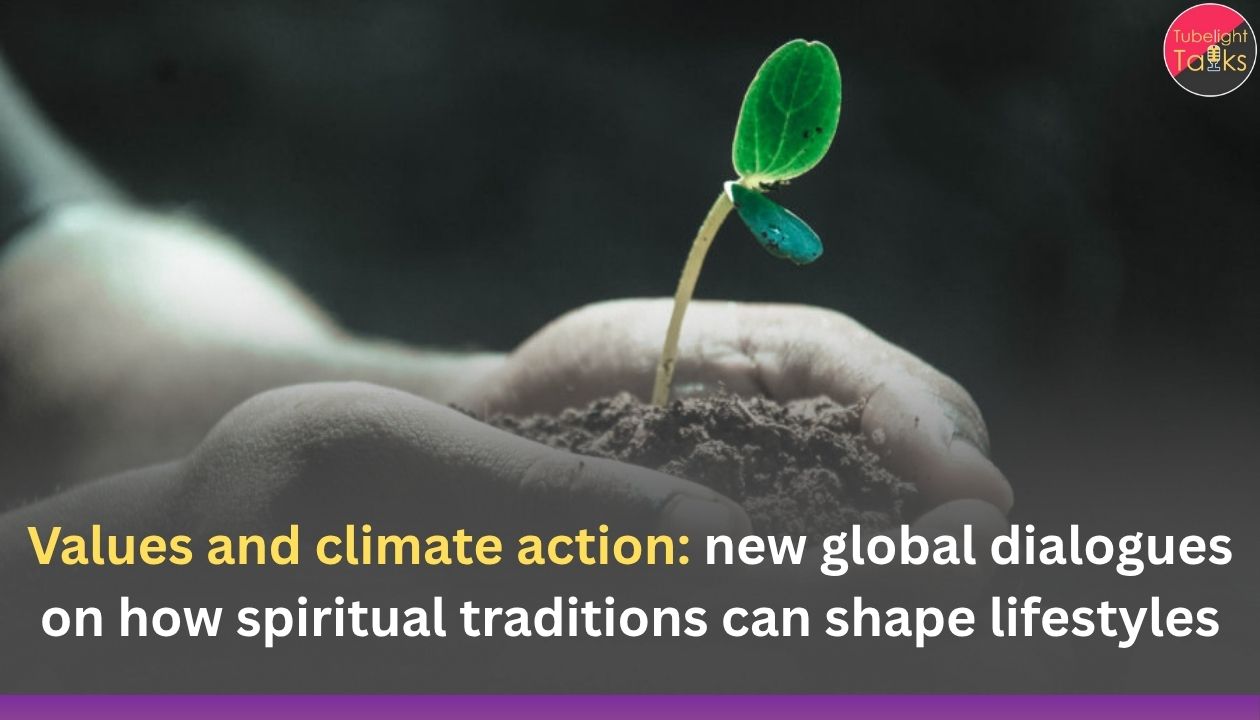India Millets Mission is gaining strong momentum as India witnesses a major policy push to revitalise millet cultivation and nutrition. The government is spotlighting these ancient grains as vital for food security, environmental sustainability, and public health. With new programs launching across several states, farmers are receiving unprecedented support to boost millet production, while public campaigns emphasize their rich nutritional value. This renewed attention aligns with the global demand for climate-resilient crops and the growing awareness of diet-related health challenges.
Expanding Farmer Support and Agricultural Infrastructure
Financial Incentives Boosting Millet Production
The central government has enhanced minimum support prices and provided targeted subsidies to encourage farmers to diversify into millets like pearl millet, finger millet, and little millet. Investments in irrigation, seed distribution, and improved harvesting technologies aim to reduce risks and increase farmer incomes. Several states are rolling out complementary schemes to assist smallholders in adopting organic and climate-smart practices for millets.
Strengthening Supply Chains and Market Access
Efforts to strengthen post-harvest infrastructure, including storage facilities and cold chains, are underway to reduce losses and improve millet availability year-round. The government is also encouraging procurement of millets for the public distribution system and institutional programs like midday meals to ensure consistent demand, thereby stabilizing prices and farmer revenues.
Public Awareness and Nutritional Promotion
Millets as Superfoods for Nutrition Security
Millets are promoted for their high protein, fiber, and micronutrient content, beneficial for addressing malnutrition and lifestyle diseases such as diabetes and heart conditions. National and regional campaigns are underway to educate consumers about millet recipes, easy cook methods, and their environmental benefits as drought-resistant crops.
Integration into Education and Health Programs
Several states have integrated millets into school feeding programs and health initiatives, promoting consumption from an early age. This approach aims to build sustainable food habits and support the government’s targets for nutrition improvement and wellness.
Environmental and Climate Benefits of Millets
Climate-Resilient Crop Options
Millets thrive with minimal water and can grow in marginal soils, making them highly suited to the current challenges of climate change and water scarcity. This reduces pressure on natural resources, supporting India’s commitments to sustainable agriculture and carbon reduction.
Soil Health and Biodiversity
Millet cultivation contributes positively to soil health by enhancing organic matter and reducing chemical input reliance. Promoting crop diversity, millets aid in preserving agricultural biodiversity, an important pillar of long-term ecological sustainability.
Sustainable and Truthful Living
Embracing millets aligns with the teachings of Sant Rampal Ji Maharaj’s Satgyan, which emphasize living truthfully and harmoniously with nature. Satgyan’s message inspires individuals and communities to adopt pure, wholesome habits that sustain health and respect the environment. Choosing millets symbolizes this path of righteousness, promoting natural foods that nurture life without exploitation. As society faces complex challenges, Satgyan guides us to rediscover ancient wisdom for modern well-being through honest, caring, and sustainable choices.
Key Facts
- India leads the world in millet production, accounting for nearly half of global output.
- New government measures include higher minimum support prices and increased subsidies for millet farmers.
- Millets are incorporated into national nutritional programs, including school meals and public health drives.
- Millet crops require less water and are drought tolerant, aiding climate resilient agriculture.
- Post-harvest infrastructure improvements target reduction of food losses and better market connectivity.
- Millets support soil health and agricultural biodiversity, reducing reliance on chemical inputs.
- Public awareness campaigns and media outreach promote millets as superfoods rich in protein, fiber, and micronutrients.
Expert Insights on India’s Millets Revival
Agricultural Specialists
Experts applaud the government’s millet initiatives as pragmatic steps to support small and marginal farmers while addressing climate and water stress. Enhanced research on millet varietals and cultivation practices is expected to improve productivity further.
Nutritionists and Public Health Advocates
Professionals highlight millets’ potential to combat malnutrition, obesity, and diabetes in India’s diverse population. Education on millet preparation and cultural acceptance are seen as critical to scaling up consumption habits.
Looking Ahead: Building a Resilient and Healthy Food System
Policy and Community Engagement
Sustained success depends on integrated policy approaches, investment in farmer capacity building, and active participation of civil society. Empowering women farmers and youth in millet farming remains a strategic priority.
Unlocking New Economic Opportunities
The millet value chain is poised for growth including organic farming, millet-based processed foods, and export potential, offering rural employment and entrepreneurship avenues.
Also Read: Trump Tariff Rollback Offers Relief for Indian Farmers
FAQs: India Millets Mission
1. Why focus on millets?
Millets are nutritious, climate resilient, and support sustainable agriculture.
2. How is the government helping farmers?
Through subsidies, better prices, seed support, and infrastructure development.
3. Are millets part of nutrition programs?
Yes, included in school meals and public health initiatives.
4. Do millets help the environment?
Yes, they use less water and improve soil health.
5. What can consumers do?
Incorporate millets in their diet to boost health and support sustainability.










